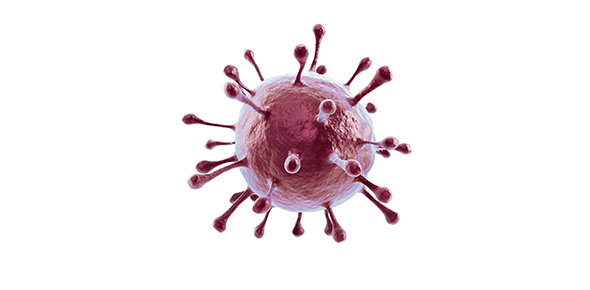Related Flashcards
Related Topics
Cards In This Set
| Front | Back |
|
Microscope
|
Used to view tissue and cellular structures that too small for examination with the naked eye.
|
|
Ocular lenses ( eyepiece)
|
The lens the viwer looks throgh to see the specimen. it usually contains a 10X or 15X power lens.
|
|
Diopter adjustment
|
Useful as a means to change focus one one eyepiece so as to correct for any difference in vision between your two eyes.
|
|
Arm
|
The arm conects the body tube to the base of the microscope.
|
|
Mechanical Stage Control
|
These knobs move the stage left and right or up and down.
|
|
Fine adjustment (small)
|
Fine tunes the focus and increases the detail of the specimen.
|
|
Coarse adjustment ( large)
|
Brings the specimen into general focus
|
|
Body tuve ( Head)
|
Conects the eyepiece to the objective lenses.
|
|
Rotating Nosepiece
|
A rotating turrent that houses the objective lenses. the viwer spins the nosepiece to select different objective lenses.
|
|
Objective lenses
|
One of the most important parts of the compound microscope, as they are the lenses closest to the specimen.
|
|
Specimen or slide
|
It is the object being examined.
|
|
Stage
|
The flat plataform where the slide is placed.
|
|
Mechanical Stage
|
Holds the slide securely and is used to position the object to viwed directly over the stage aperture.
|
|
Aperture
|
The hole in the middle of the stage that allows the light from the iluminator to reach the specimen.
|
|
On/ Off swich
|
This swich on the base of the microscope turns the iluminator off and on.
|






